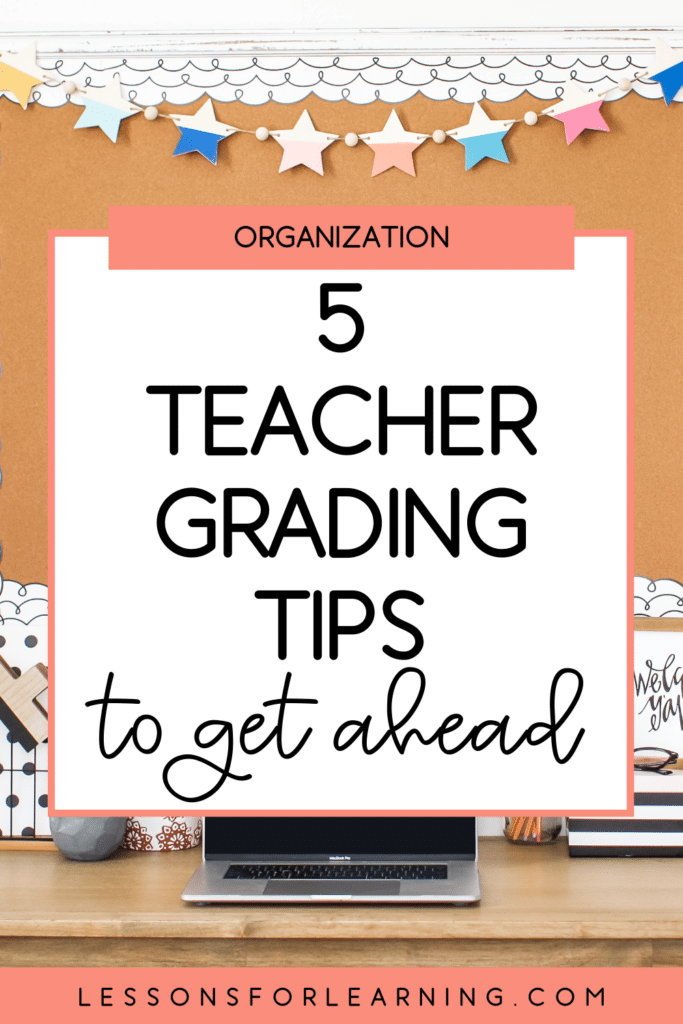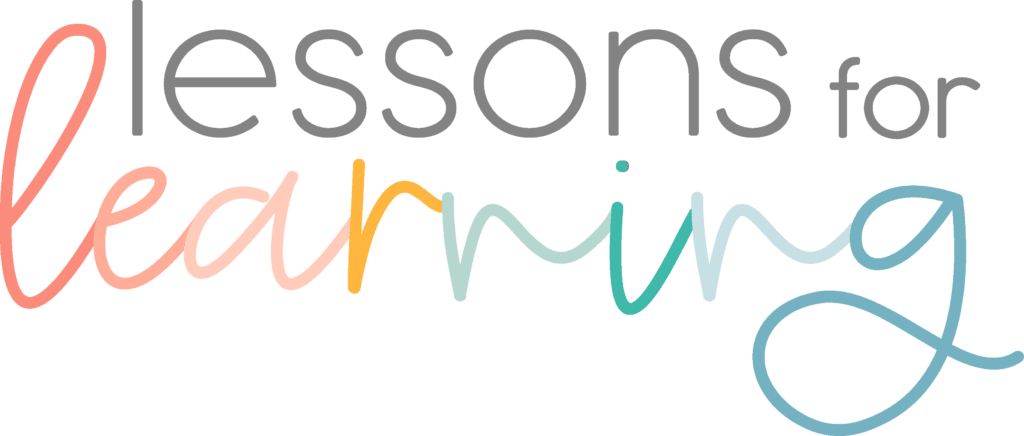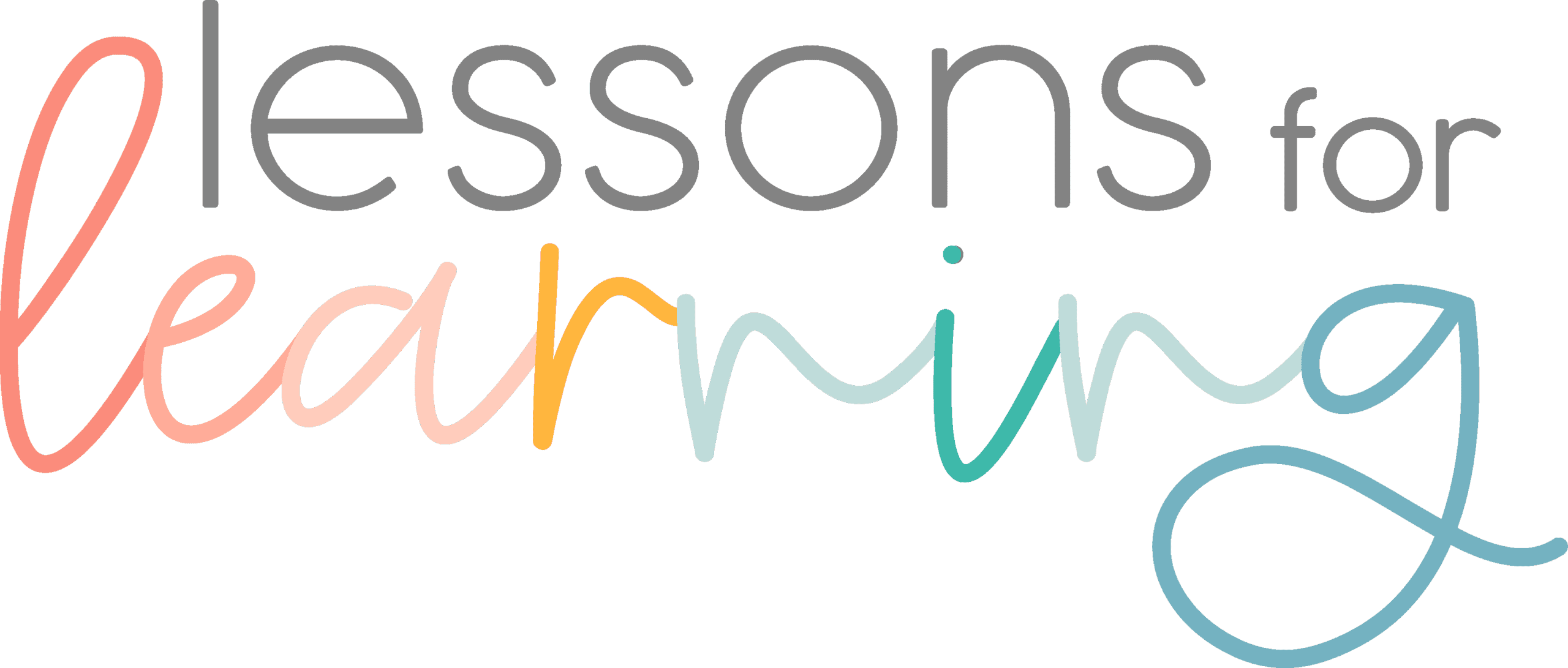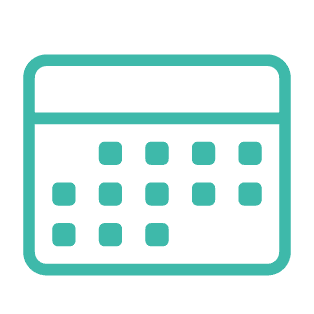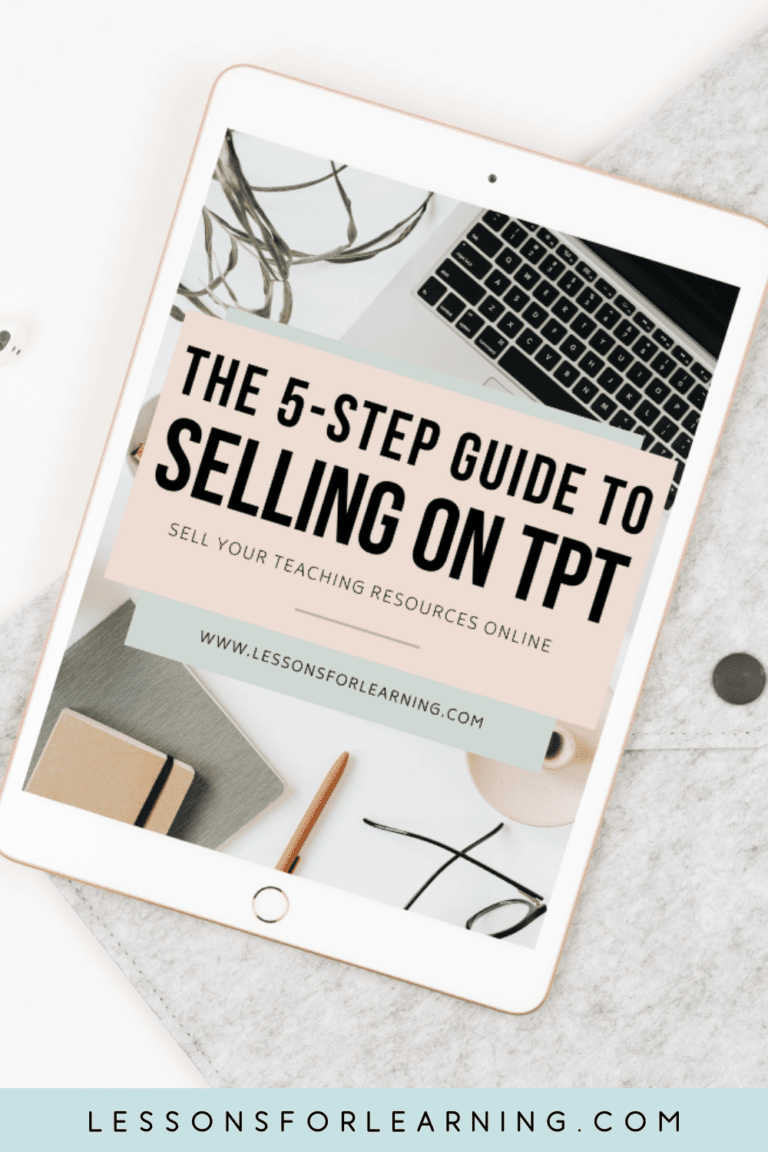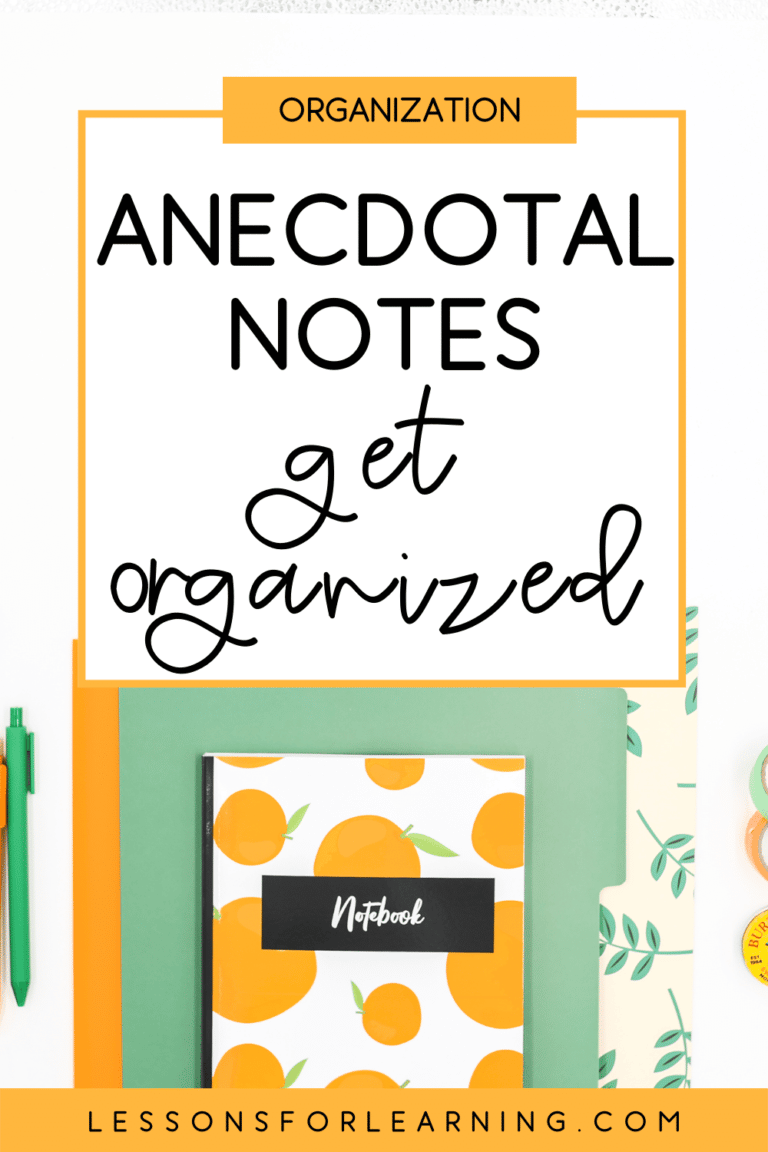Do you have a pile of assignments yet to be marked on your desk that is starting to look more like a mountain than a pile? There are certain times of the year when that pile of papers ready for teacher grading is just so overwhelming.
But, teacher grading doesn’t have to take over your life! With the right strategies and tools, you can shift from feeling overwhelmed by the pile of marking to making marking a manageable part of your teaching routine.
1. Use Rubrics / 3-Point Grading Scales
I love a rubric! Rubrics can be used for all subjects and assessments, even quizzes and tests! While they take a bit of time to create, they inevitably save time for teaching grading when put into action.
Rubrics make teacher grading a more streamlined process because they can reduce subjectivity as well. This is particularly true for inquiry tasks, art assignments, and so on.
Using them for quizzes and tests allows you to get out of counting every single correct mark. A rubric gives you the freedom to look at the knowledge and understanding as a whole. Plus, I find kids get more out of a rubric because they don’t hyper-fixate on a specific number. There is less focus on “what did you get out of 30?” and more focus on understanding what 29/30 or 15/30 really means.
A more simplified approach to a rubric is to use a 3-point grading scale. There are just three points for consideration – approaching, meeting, and exceeding. This speeds things up for teacher grading and simplifies things for the students. Again, there is less student focus on a specific grade or number and more focus on understanding where they are at with the particular skill(s) being evaluated.
2. Have Students Self-Assess
Another way to ensure students understand where they are with their knowledge and understanding is to have them grade their own work. And you can do this with the same rubric you will use to officially grade their work.
Once these self-assessed activities are collected, you can review them as part of an informal teacher grading process so you know where they think they are at with any particular part of a lesson, unit, or skill set.
There are benefits for teachers and students again in this process. Students benefit since it fosters responsibility and critical thinking about their own work. It once again forces them to look at the rubric before turning their work in! Teachers benefit because they now know what to look out for while formally grading the work.
3. Use a Digital Gradebook
My favourite tool for teacher grading is a digital gradebook. There are so many benefits to using this form of tracking.
First, you can access it from anywhere. No more carrying a binder back and forth.
You can calculate percentages from points automatically. No need to have a calculator out while grading quizzes/tests.
You can also calculate weighted averages and grades, which will make report cards so much easier when the time comes.
Finally, a digital gradebook offers a great snapshot of student progress. You can track individual student’s progress easily with student report pages.
This is the digital gradebook tool that I use and you can grab yourself a copy to save time and effort with recording and tracking your teacher grading.
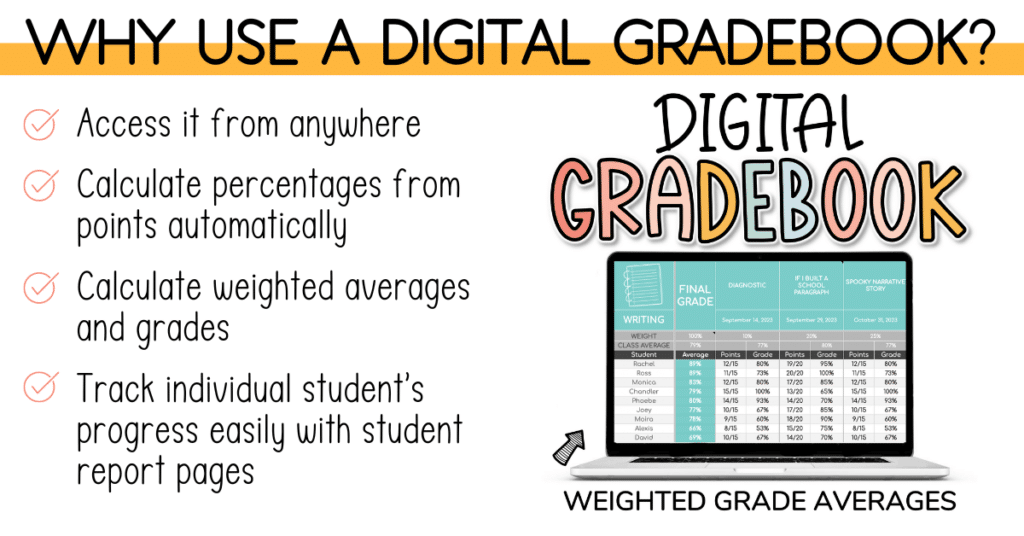
4. Let students grade their work when appropriate
Another strategy to help with teacher grading is to involve students even more in the grading process. There are certain tasks or assessments when you can have your students grade for you. I do this for spelling quizzes or multiple choice assessments.
This approach saves you a ton of time but there are some best practices to employ so it doesn’t become more work for you!
In my class, when students are going to grade their own or each other’s work I make them clear their desks. Then, I make sure their pencils are out of sight/out of reach so there’s no temptation to change an answer. To grade the work, I hand out a coloured pen that they will use to check and/or correct the work. We take up the answers on the board and they grade as we go over each response.
At the end of this process, I collect the coloured pens for grading as well as the marked assignment. When I review the work to record grades, it shifts to quick checks to ensure the grading is accurate and the tally of marks is too.
A point to note that’s important about this process. In the past, I have had students exchange papers with a peer but this can be intimidating for others. To remain a ‘safe’ community for learning, particularly early in the school year, students generally grade their own work rather than that of a classmate. The choice to exchange assignments or to have students mark their own work will depend on the students in your class and the dynamic of your learning community.
In theory, these types of tasks or assessments are generally quick and easy to grade, however, the time does add up when you have to do this for a full class on repeated occasions. Adding in the student grading option significantly reduces my teacher grading stack so it even means a quicker turnaround time to get these back to students.
5. Don’t Grade Everything!
The best strategy for teacher grading is that you don’t have to grade every single piece of work that your students complete in class. Sometimes you’ll grade, sometimes it will be a matter of collecting and reviewing but not grading, and sometimes you might just wander as students are working to complete a check-in either visually and/or verbally.
The goal is a balanced assessment approach through triangulation, which includes conversations, observations, and products.
With this idea in mind, you will need to set some priorities on what to grade formally and what to assess informally.
When deciding what to grade formally I set my priorities on core skills and key moments for high-impact feedback. Core skills in the areas of reading comprehension and clear written expression are fundamentals that serve as building blocks for most of the work we’ll do throughout the year. And finding key moments means I am not just evaluating at the end of a unit but throughout so students have feedback they can apply before a final unit evaluation.
The other thing that is central to not grading everything is taking and maintaining anecdotal notes and recording observations. These Anecdotal Note & Student Observation Templates are a game-changer for this aspect of my teacher grading.
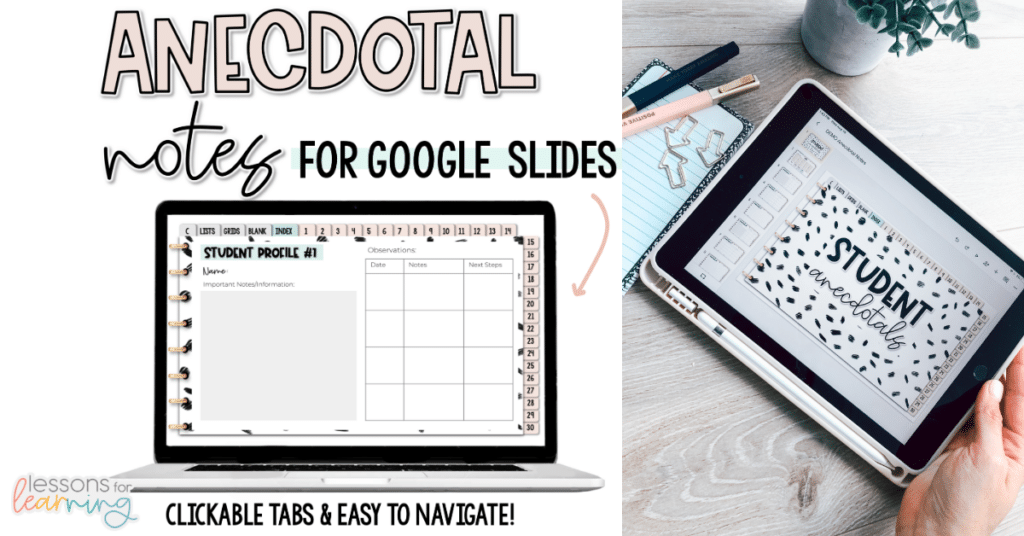
This is such an effective tool for tracking observations and conversations that contribute to overall student assessment. So even when I’m not giving a mark out of 10 or a specific grade on a rubric I still have information that makes clear student support needs, areas for improvement, and areas of growth.
Read more strategies to help with your teacher grading this year:
- The Ultimate Guide to Stress-Free Report Card Writing
- Tips To Plan A Stress-Free Literacy Block
- Ontario Learning Skills: Master them in Minutes!
